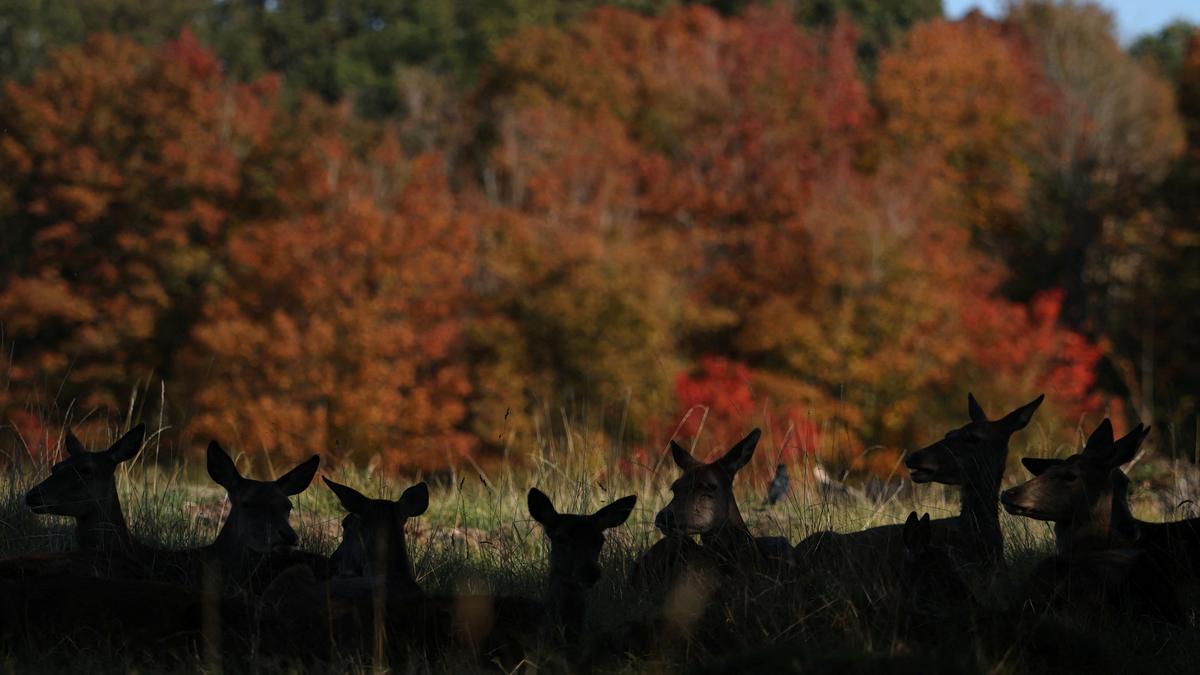By Suryaprabha
Copyright thehindubusinessline

This October, the world marks the centenary of World Animal Day, with the theme “Save Animals, Save the Planet!” It is a reminder that animals are not only vulnerable to climate change and ecological disruption, but they are also vital to the planet’s survival. India, with its deep conservation legacy and growing global voice, has a unique opportunity to lead the next century of animal-planet solutions. India’s cultural ethos has guided landmark policies: the Wildlife Protection Act of 1972, Project Tiger in 1973, and Project Elephant in 1992. India has doubled its tiger population since 2006 and today holds over 70 per cent of the world’s wild tigers. The creation of the Wildlife Crime Control Bureau in 2007 and the biodiversity finance mechanisms demonstrate a continued commitment.
Complex challenges
Yet the challenges ahead are more complex. Rapid infrastructure growth is fragmenting habitats, while climate change brings erratic rainfall, forest fires, and rising human-wildlife conflict. Animal welfare can no longer be treated as a niche issue; it must be woven into climate and development strategies.
For India to lead globally, four shifts are needed. First, mainstream animal welfare into climate and development planning. Roads, railways, and energy corridors must be designed with wildlife passages and ecosystem safeguards in place. Biodiversity and animal impact assessments should sit alongside environmental clearances.
Second, strengthen rural and urban welfare linkages. Livestock and working animals remain central to rural livelihoods, and humane husbandry, from veterinary care to the transition towards cage-free egg production, can improve productivity, cut public health risks, reduce greenhouse gas emissions and meet rising demand for ethical food.
Third, recognise the economics of animal welfare. Conservation is not just compassion; it is smart economics. One healthy vulture saves lakhs annually in waste disposal and health costs. Pollinators add billions to farm productivity. Mangroves and wetlands protect coasts, with crabs, fish and birds keeping these ecosystems alive. Protecting animals is often far cheaper and more effective than building grey infrastructure to replace their services.
Fourth, champion “animal-climate compacts.” Just as the International Solar Alliance put India at the centre of renewable energy cooperation, the country can lead a similar compact linking animal protection with climate action and finance From incentives in Nagaland that ended the hunting of Amur falcons to payments in Kerala’s Vembanad wetlands for bird- and fish-friendly farming, these prove the model. Scaling such approaches would reward communities as frontline guardians of biodiversity. Globally, ecosystem services are valued at $125 trillion a year, proof that biodiversity is not heritage alone but the foundation of economies and societies.
The writer is Senior Vice-President, Chase Advisors. Views are personal
Published on October 6, 2025